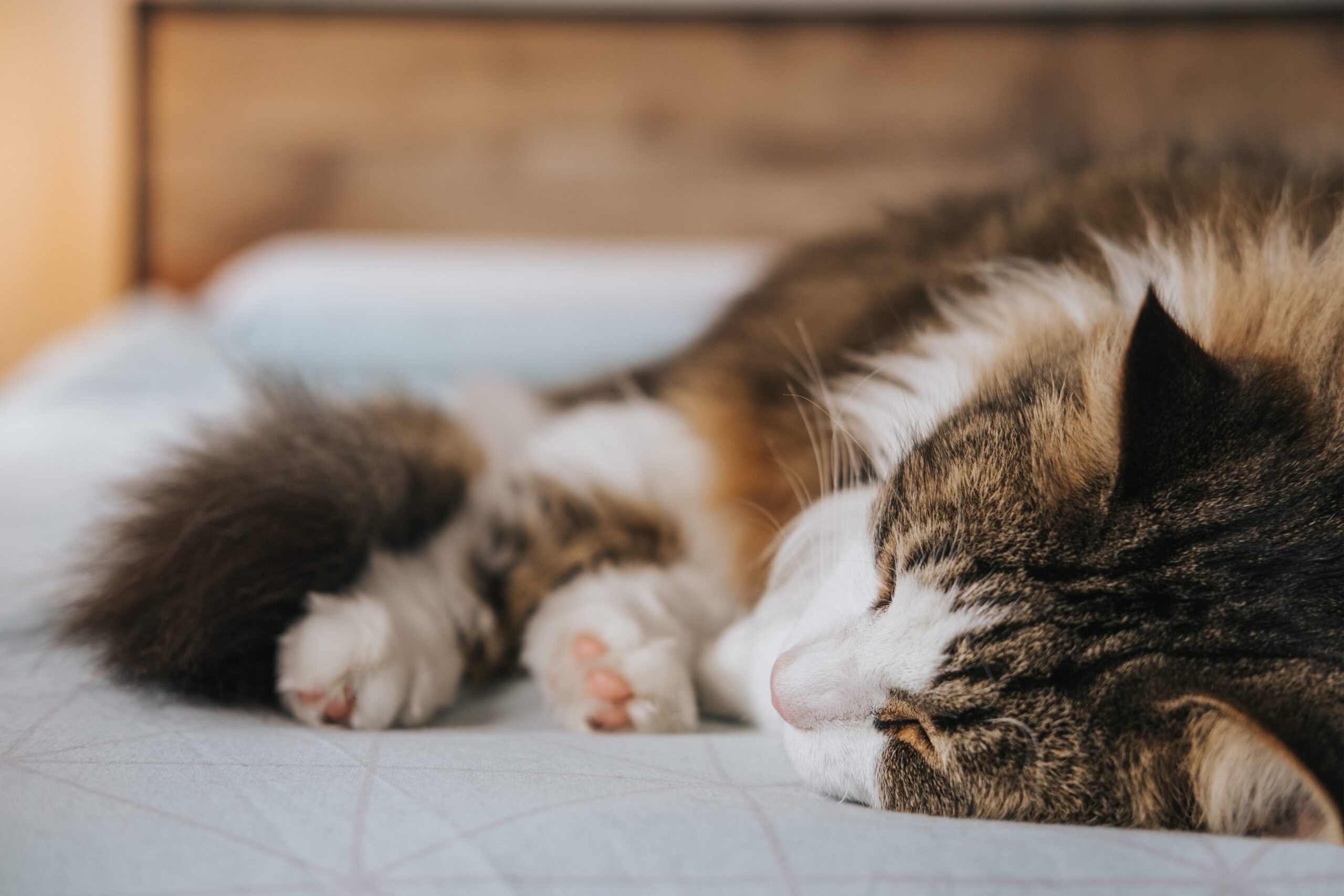How to Communicate with Your Cat (and Why it Matters
Do you ever feel like your cat is trying to tell you something? Have you ever wondered what they’re thinking or feeling? Learning how to communicate with your cat can help strengthen the bond between you and your furry friend. In this blog post, we will explore different ways to communicate with cats, including understanding their body language, talking to them, training them, encouraging socialization, and why it all matters in the end.
Introduction to Cat Communication
Cats are known for being independent creatures who don’t always show affection openly. However, they still have a way of communicating with us through their actions and behaviors. Understanding these signals can be crucial when it comes to knowing what our feline friends need or want from us. Some common forms of communication include:
Body Language: Cats use their bodies to express themselves. They may arch their backs or puff up their tails when they’re angry or scared. On the other hand, purring and rubbing against objects indicate contentment and relaxation.
Meowing: While meows are often associated with hungry cats, they can also signify distress, fear, or even excitement. Pay attention to the tone and context of the meow to understand its meaning.
Eye Contact: When a cat makes eye contact with you, it means they’re paying attention and engaged. It could mean that they’re interested in playing or simply enjoying your company.
Understanding Your Cat’s Body Language
One of the most important aspects of communicating with cats is understanding their body language. By learning to read their signs, you can better interpret their needs and emotions. Here are some examples of common cat body language:
Tail Position: A straight tail indicates confidence while a curled tail usually means happiness or comfort. An agitated cat might swish their tail back and forth or puff it out.
Ear Positions: Ears pointed forward typically signal alertness or interest. If a cat flattens their ears against their head, they may be afraid or defensive.
Posture: A relaxed cat will typically lie on their side or belly, whereas an upright posture suggests confidence or curiosity. Hunched shoulders or a lowered head could indicate anxiety or fear.
The Importance of Talking to Your Cat
Talking to your cat may seem silly at first, but it can actually benefit both of you. Firstly, it helps establish a routine and provides consistency in your relationship. Secondly, it allows you to convey information about your expectations and boundaries. Finally, it promotes trust and builds a stronger connection between you and your pet.
How to Train Your Cat to Respond to Commands
Training your cat requires patience and consistency. Start by choosing simple commands such as “come” or “sit.” Use positive reinforcement techniques such as treats or praise when your cat responds correctly. Repeat the command until your cat learns to associate the word with the action. Over time, you can introduce new commands and increase the complexity of the training.
Encouraging Socialization with Other Cats and Pets
Socializing your cat with other animals can help reduce stress and provide mental stimulation. Introduce new animals slowly and supervise interactions carefully. Provide plenty of hiding spots and safe spaces for your cat to retreat to if needed. With time and effort, your cat may learn to enjoy the company of others.
Conclusion: Why Communicating With Your Cat Matters
Communicating with your cat isn’t just about getting what you want; it’s about building a mutually beneficial relationship based on trust and respect. By taking the time to understand your cat’s behavior and needs, you can create a happier and healthier environment for everyone involved. So go ahead – start talking to your cat today!


